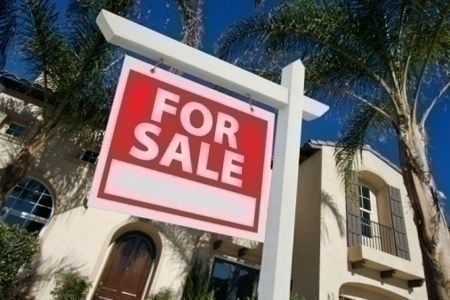 Existing home sales and home prices are expected to rise next year, according to an economic forecast presented by Lawrence Yun, chief economist for the National Association of REALTORS®, and Mel Watt, director of the Federal Housing Finance Agency at a residential real estate forum held during the 2014 REALTORS® Conference & Expo in New Orleans.
Existing home sales and home prices are expected to rise next year, according to an economic forecast presented by Lawrence Yun, chief economist for the National Association of REALTORS®, and Mel Watt, director of the Federal Housing Finance Agency at a residential real estate forum held during the 2014 REALTORS® Conference & Expo in New Orleans.
These changes in the industry are anticipated to benefit both buyers and sellers, though challenges may remain as the market continues its path of recovery.
Thanks to improvements in inventory, slower price gains and pent-up demand, existing home sales have shown stronger growth recently when compared to the slow start of 2014.
“The improving job market has consumers feeling more confident, and the rebound in home prices is building household wealth for homeowners and giving them the ability to sell after waiting the last few years,” said Yun.
In fact, consumer confidence appears to be higher than REALTORS’® confidence, though industry professionals are still “generally optimistic.”
Builder confidence continues to come back strongly, though in terms of activity, they aren’t coming back. Builders are still only at half of the normal production levels.
Despite consumer and builder confidence, the market is still in recovery-mode and some markets are certainly faring better than others.
“San Francisco is heated. It’s almost impossible to buy there unless you have stock in Google or Facebook,” joked Yun. Dallas was another positive example given of a market that is steadily increasing over time.
While mortgage rates are still “exceptionally enticing,” student loans are still a huge barrier for Millennials who may still be living in their parents’ basements. In addition to various other loans, some still continue to face hardships from entering the job market during the recession, which leads to further issues regarding saving up enough cash for a down payment and closing costs. Sociological factors also contribute, as many are getting married and having children much later in life than their parents did, further delaying homeownership.
Millennials aside, there are many factors that should lead to more positive news in the new year, however, certain issues are still affecting REALTORS’® neutral attitudes, such as inventory shortages in certain parts of the country and tight lending standards.
“Multi-family housing starts have rebounded back to normal since the downturn mostly due to the strong demand for renting,” said Yun. “On the other hand, single-family housing starts are still lagging as smaller homebuilders continue to face difficulty obtaining construction loans, and some have even gone bankrupt. Single-family construction still needs to increase to alleviate supply shortages and keep up with the pent-up demand.”
Positive developments in the labor market should outweigh these aforementioned hurdles the industry must overcome in 2015.
“The economy finally regained the 8.8 million jobs lost during the downturn and we’re starting to see more workers showing a willingness to quit, which usually signals they’re becoming more mobile and confident they can find a higher paying job,” Yun said. “Rising wages and the current pace of rising rents would likely persuade the Federal Reserve to raise short-term interest rates, which have hovered near zero for six years.”
Yun also presented information regarding the renters versus homeowners conundrum, stating that renter population is now up to four million, but they aren’t accumulating wealth.
Homeownership is at a 20-year low and could fall further unless we convert some of the good renters into homeowners. One major bonus for homeowners is the financial security they’ll have after a mortgage is paid off.










